So, I have been trying to simulate this low input current transimpedance amplifier, but I am just not getting results I was expecting. So to explain the circuit in short, I will be working with photocurrents ranging from 0 to 100 nA and I want those currents to be translated to 0 to 5 V range signals on ADC. On the left from opamp you have equivalent circuit of a photodiode, north of opamp you have feedback capacitor and resistor (I have chosen 50 MOhms because 5V = 100nA*50MOhms) and to the right there is a DC blocking capacitor and input impedance of my ADC of choice.
While the input current(first graph to the left) is exactly what I have expected it to be, the graph on which i plot output voltage on ADC versus time is completely unexpected, as the minimal and maximal amplitudes are way too low, and it is hard for me to grasp this specific error, because the waveform looks as I would have expected it, but the amplitude is off, like the current sees a smaller resistor and not 50 MOhms.
EDIT: I have connected non-inverting input directly to the ground, and now the results make even less sense to me.

Any help, tip or info would be greatly appreciated.



